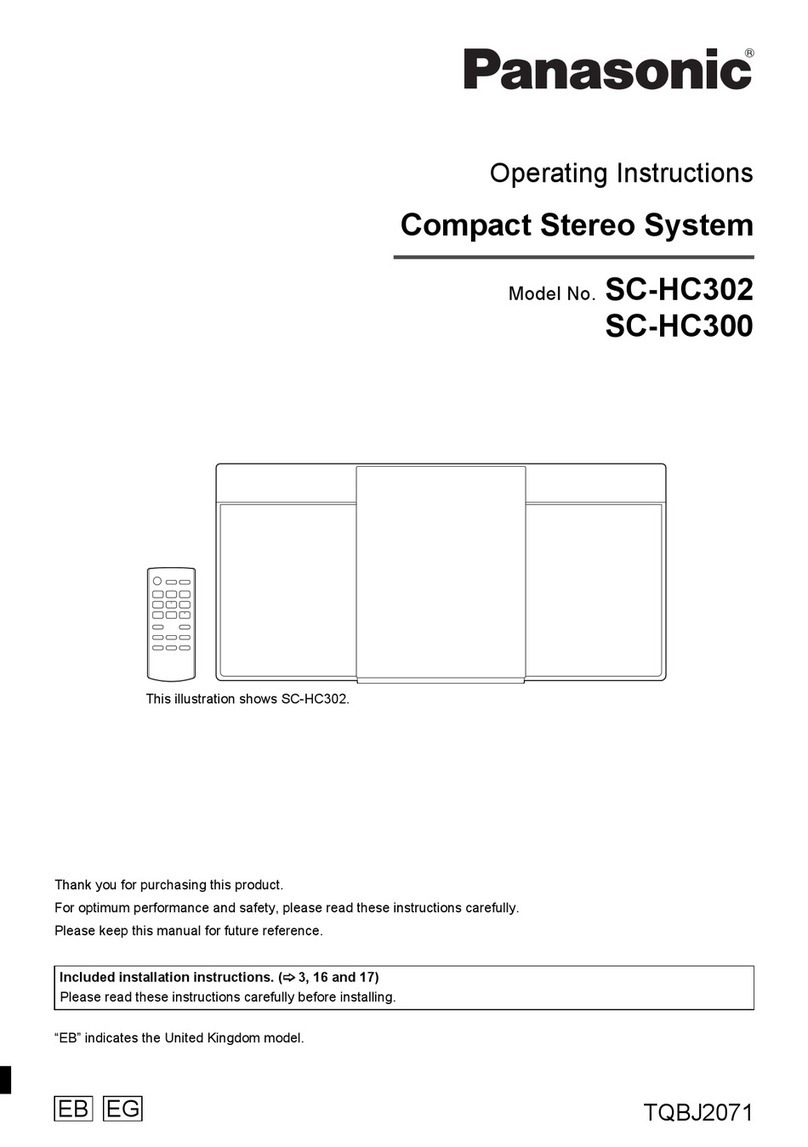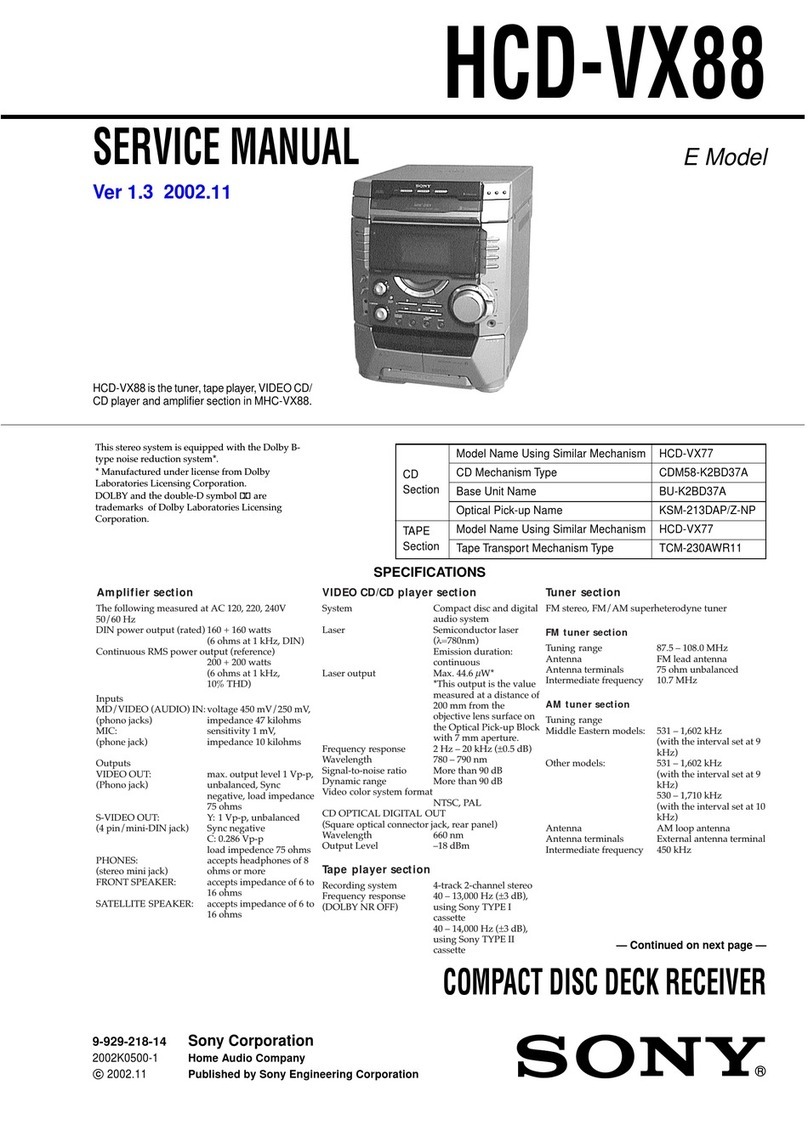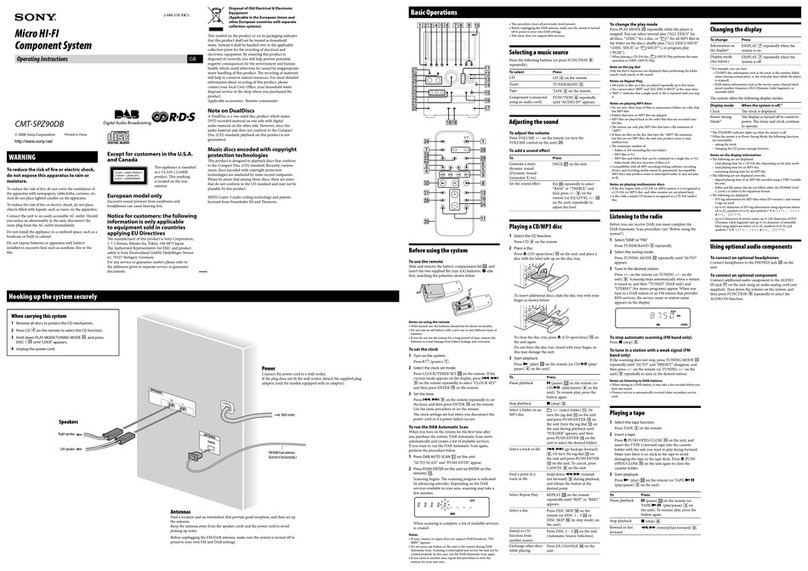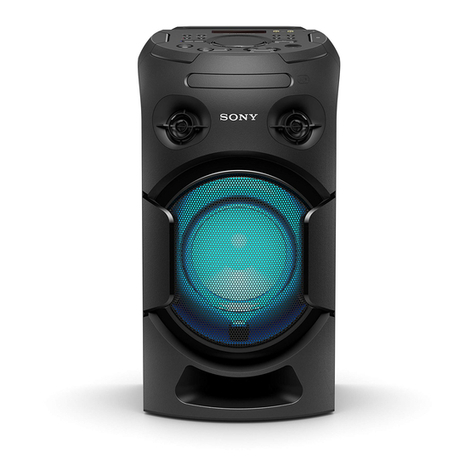Panasonic SA-AK630E User manual
Other Panasonic Stereo System manuals
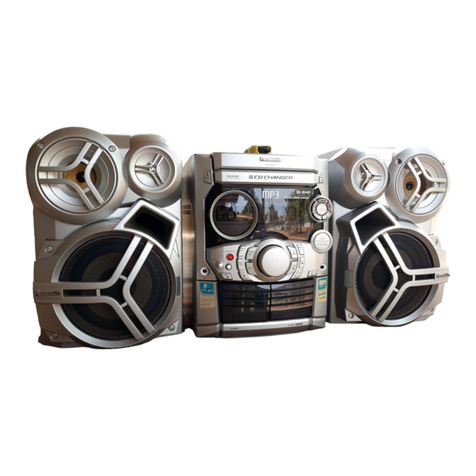
Panasonic
Panasonic SCAK320 - MINI HES W/CD PLAYER Quick start guide

Panasonic
Panasonic SCEN5 - DESKTOP CD AUDIO SYS User manual

Panasonic
Panasonic SAAK200 - MINI-HES/W CD PLAYER Quick start guide
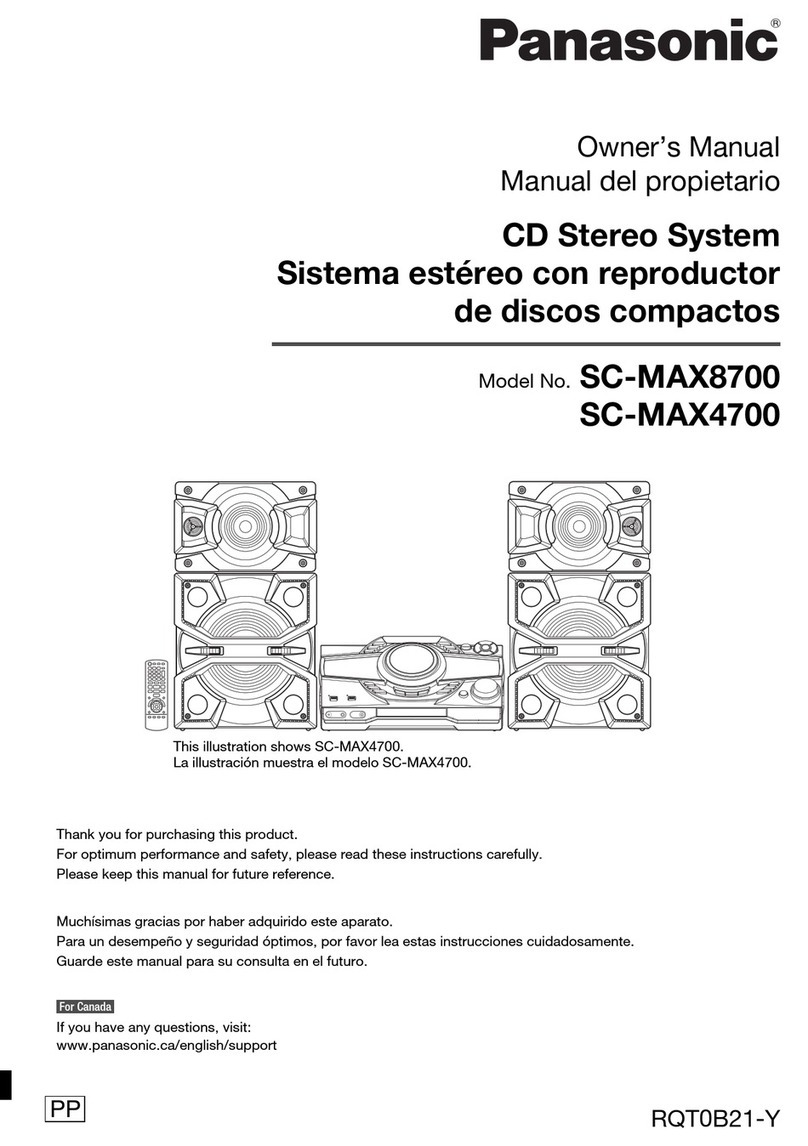
Panasonic
Panasonic SC-MAX8700 User manual
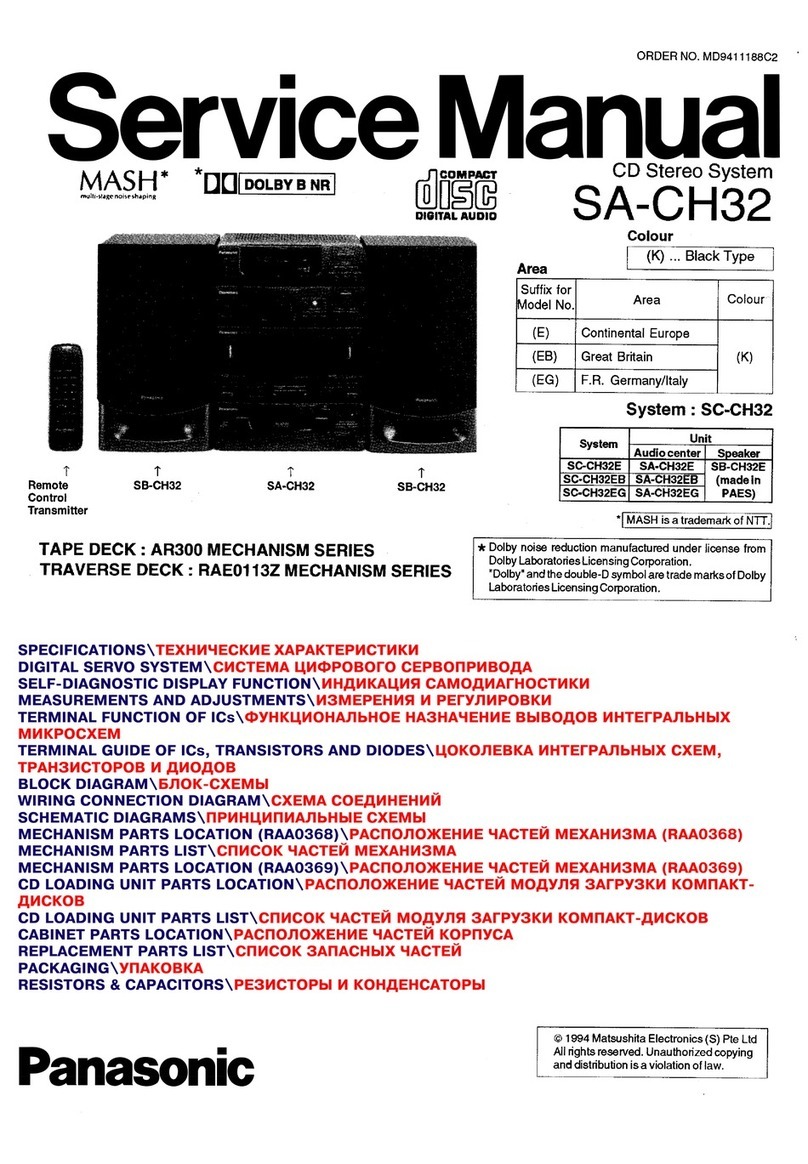
Panasonic
Panasonic SA-CH32 User manual
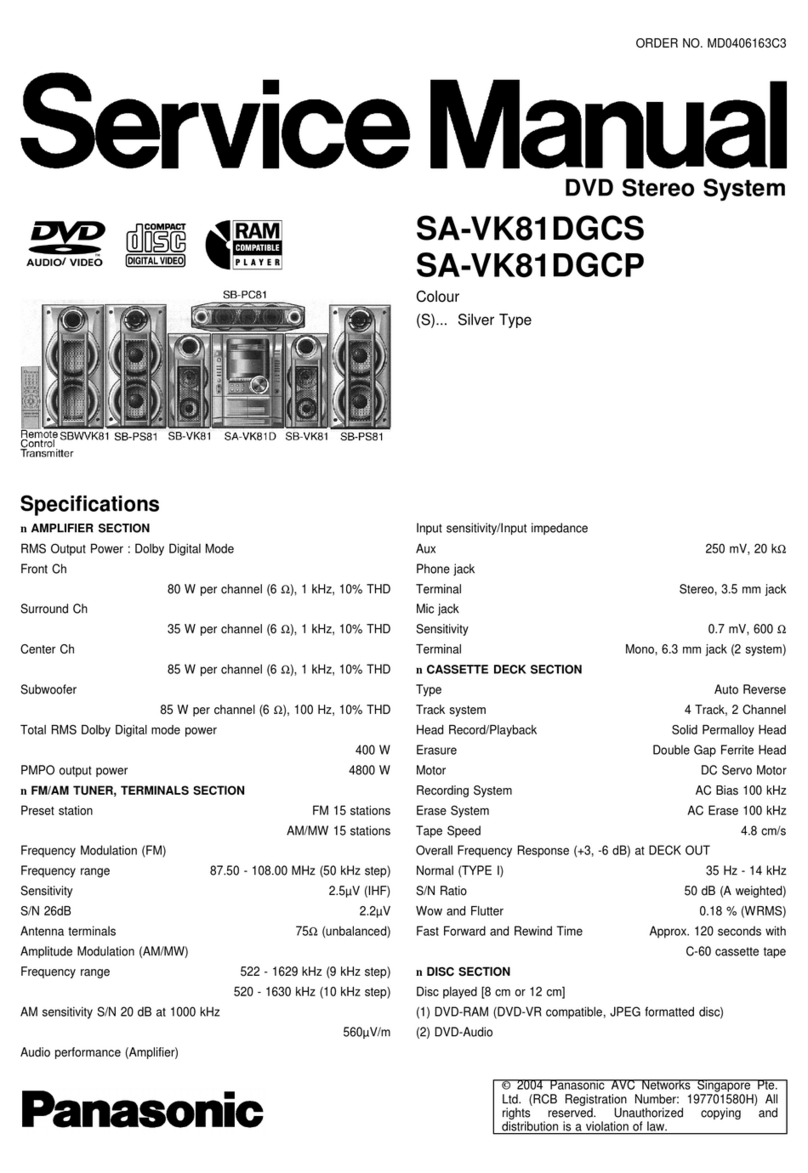
Panasonic
Panasonic SA-VK81DGCS User manual

Panasonic
Panasonic SC SC-PM38 User manual
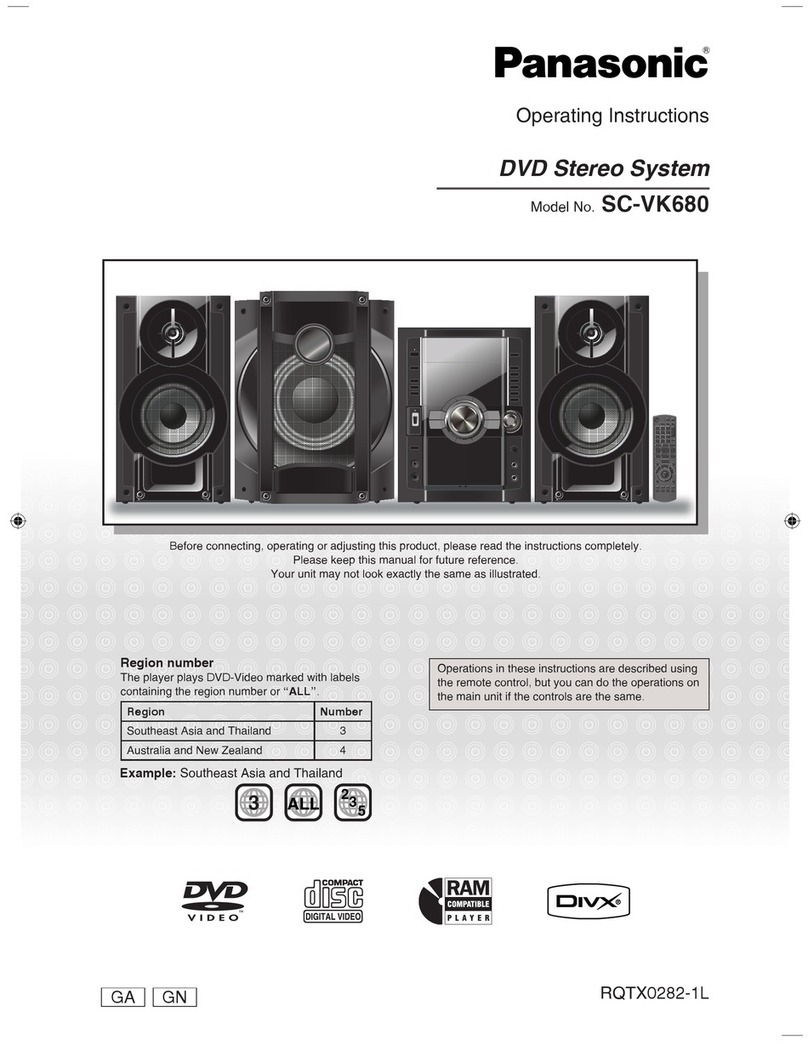
Panasonic
Panasonic SC-VK680 User manual
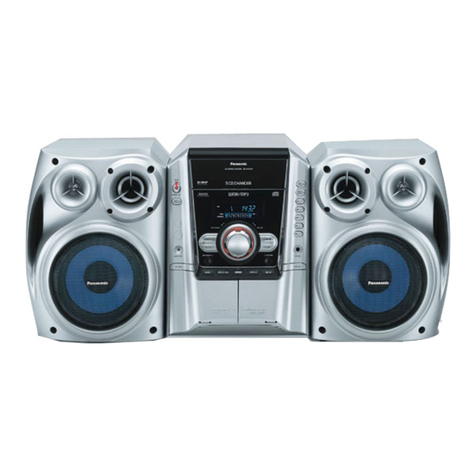
Panasonic
Panasonic SCAK240 - HES SYSTEM User manual
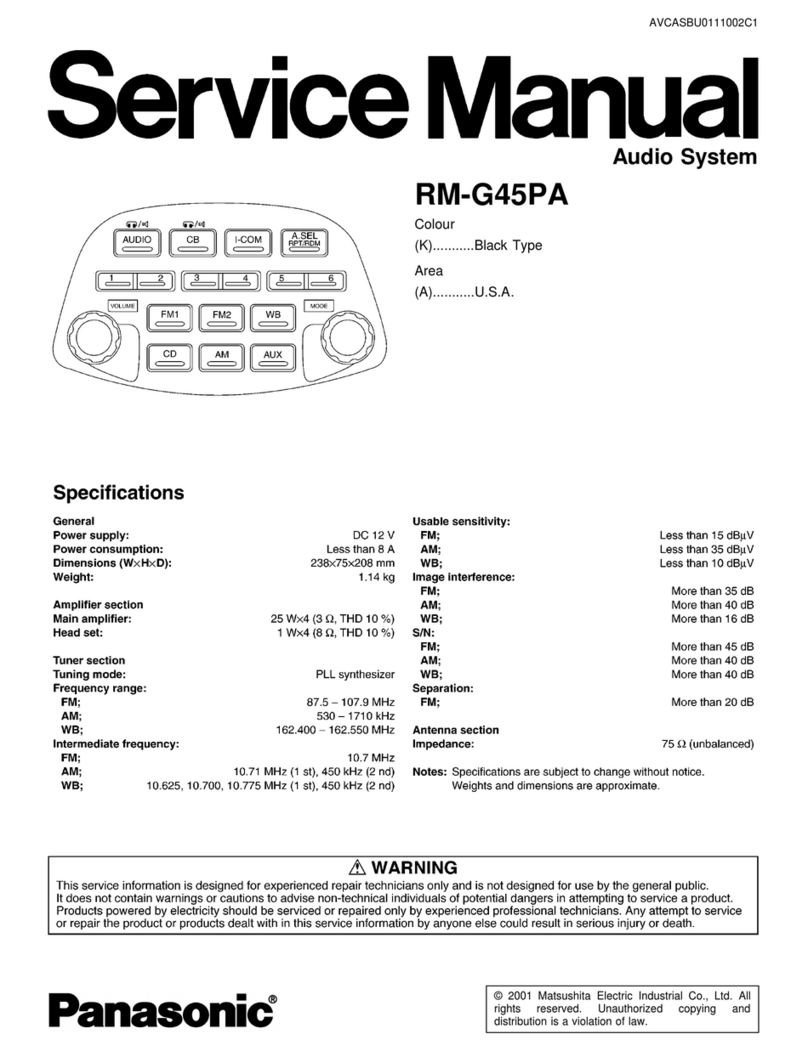
Panasonic
Panasonic RM-G45PA User manual

Panasonic
Panasonic SC-PM3 User manual
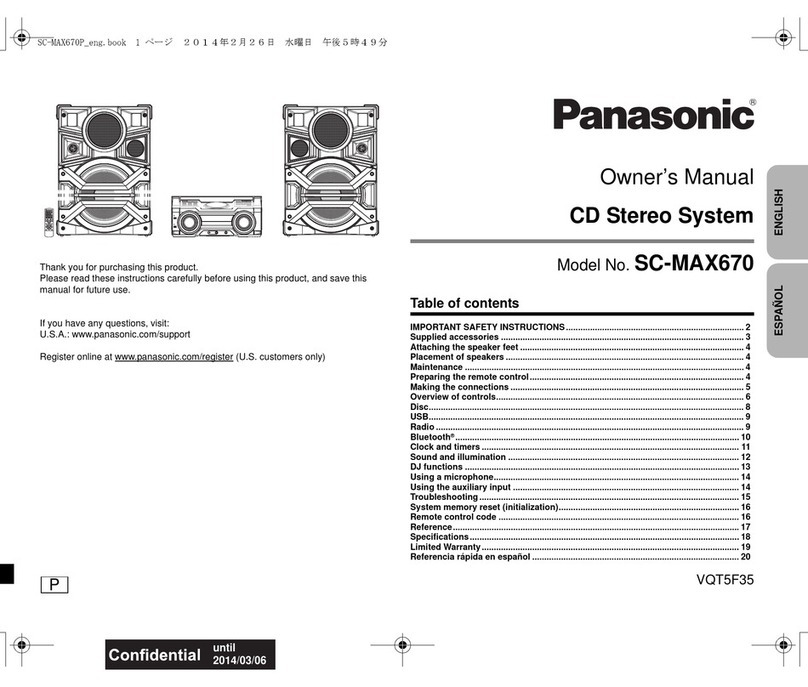
Panasonic
Panasonic SC-MAX670 User manual

Panasonic
Panasonic MD0004056C2 User manual
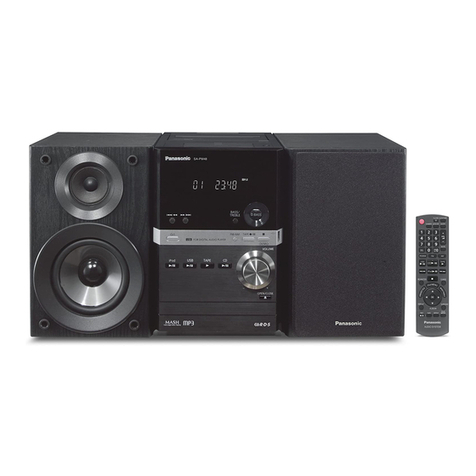
Panasonic
Panasonic SAPM38 - CD STEREO SYSTEM User manual
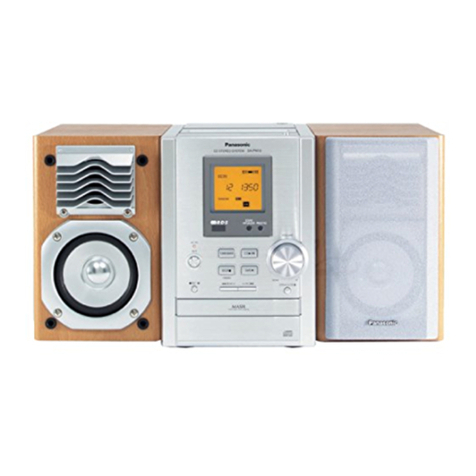
Panasonic
Panasonic SC-PM10 User manual
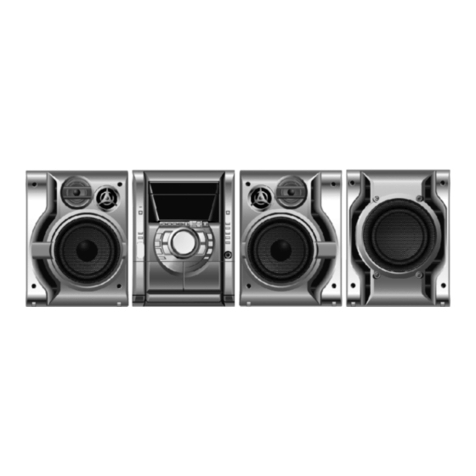
Panasonic
Panasonic SA-AK631GCP User manual

Panasonic
Panasonic SC-AK48 User manual
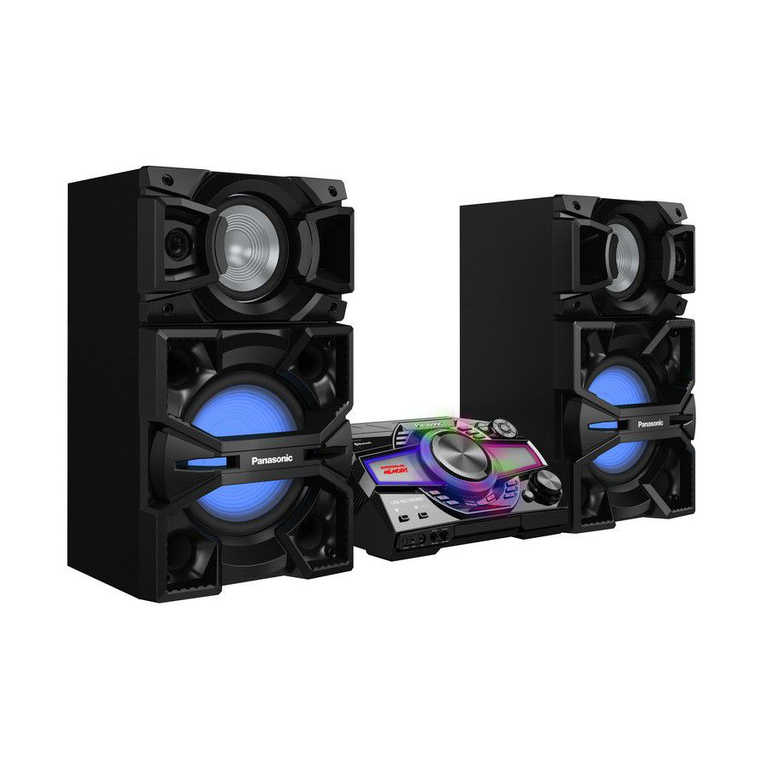
Panasonic
Panasonic SA-MAX5000GM User manual
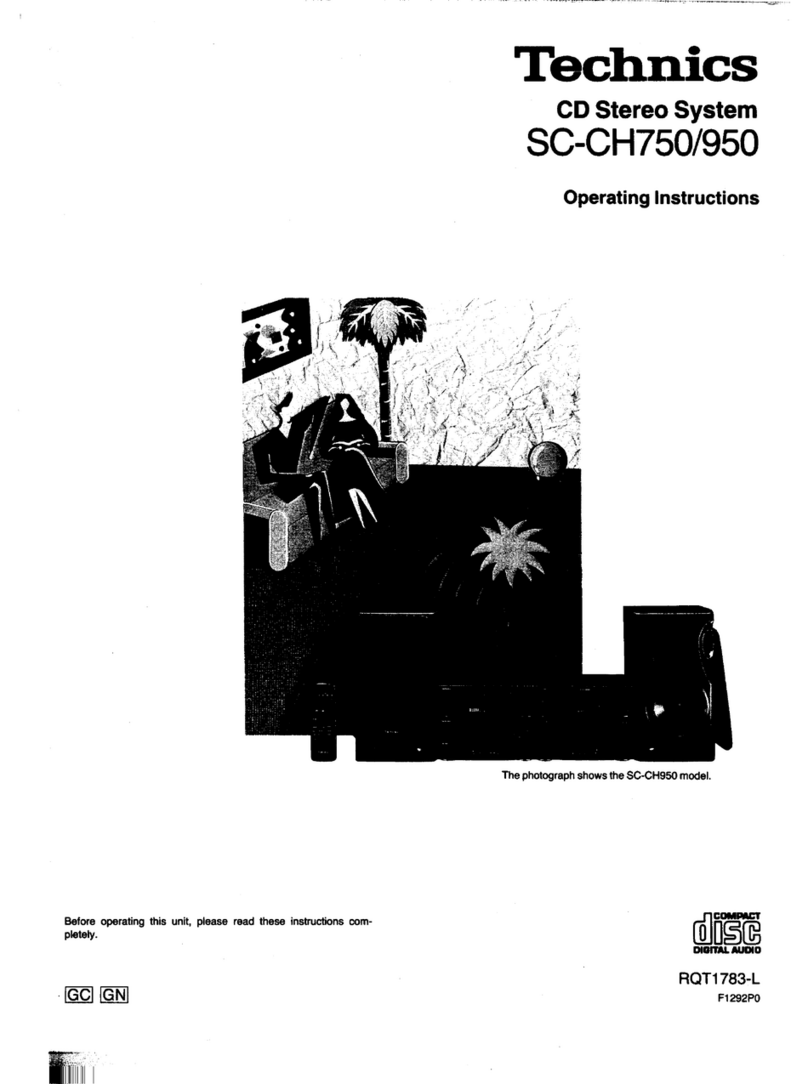
Panasonic
Panasonic SC-CH750 User manual
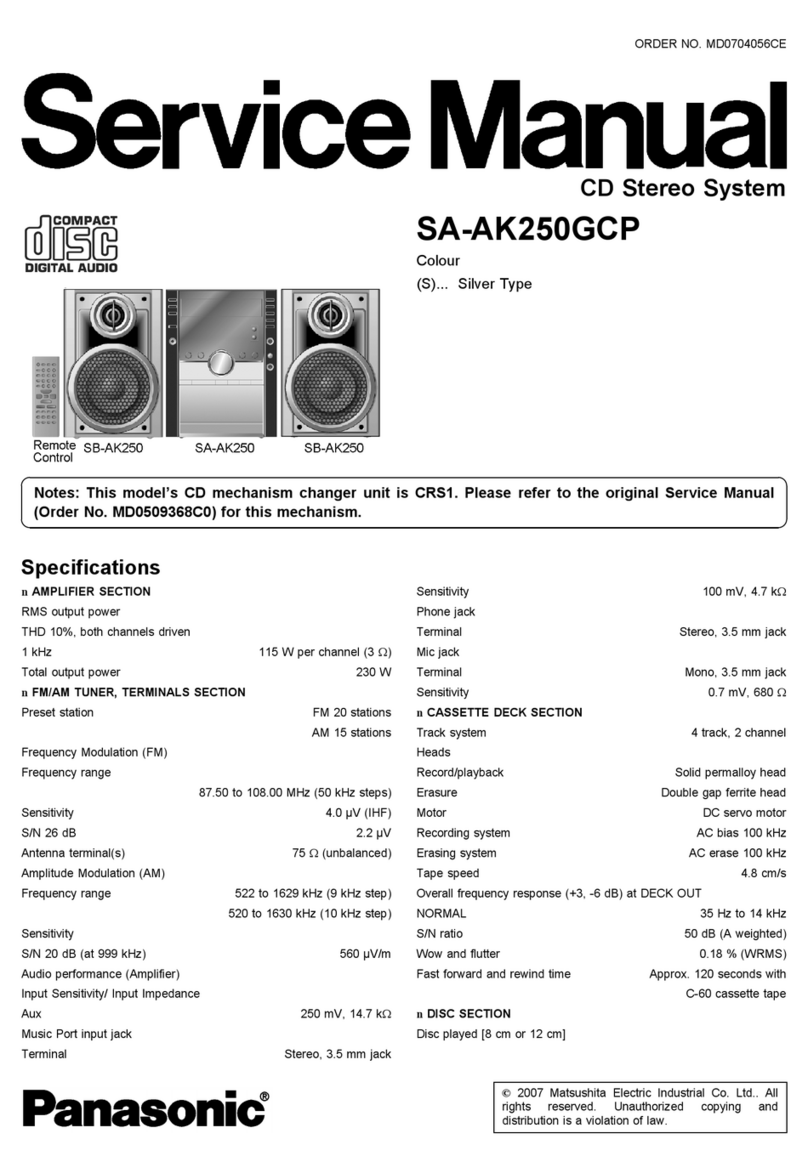
Panasonic
Panasonic SA-AK250GCP User manual



